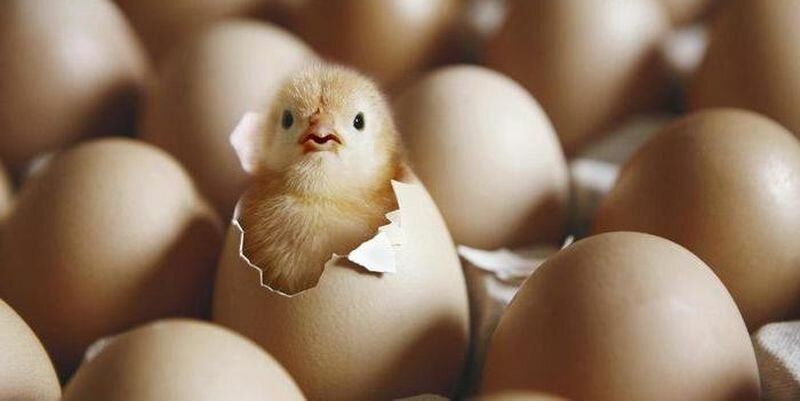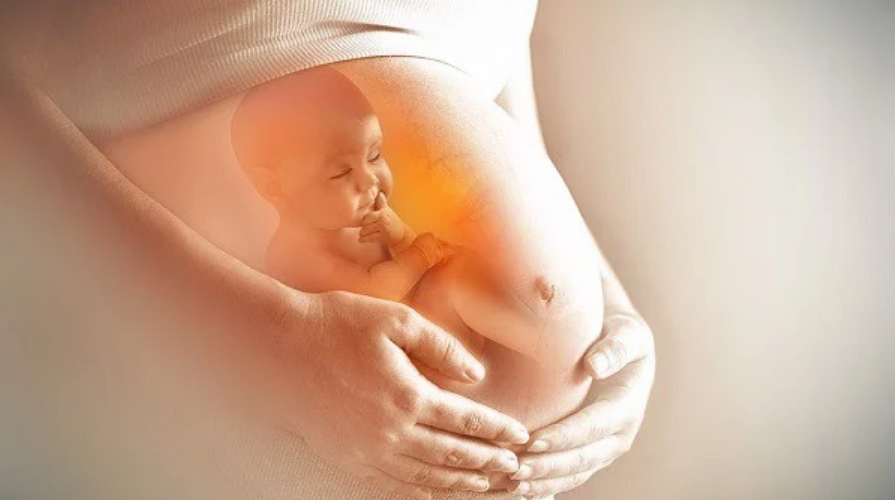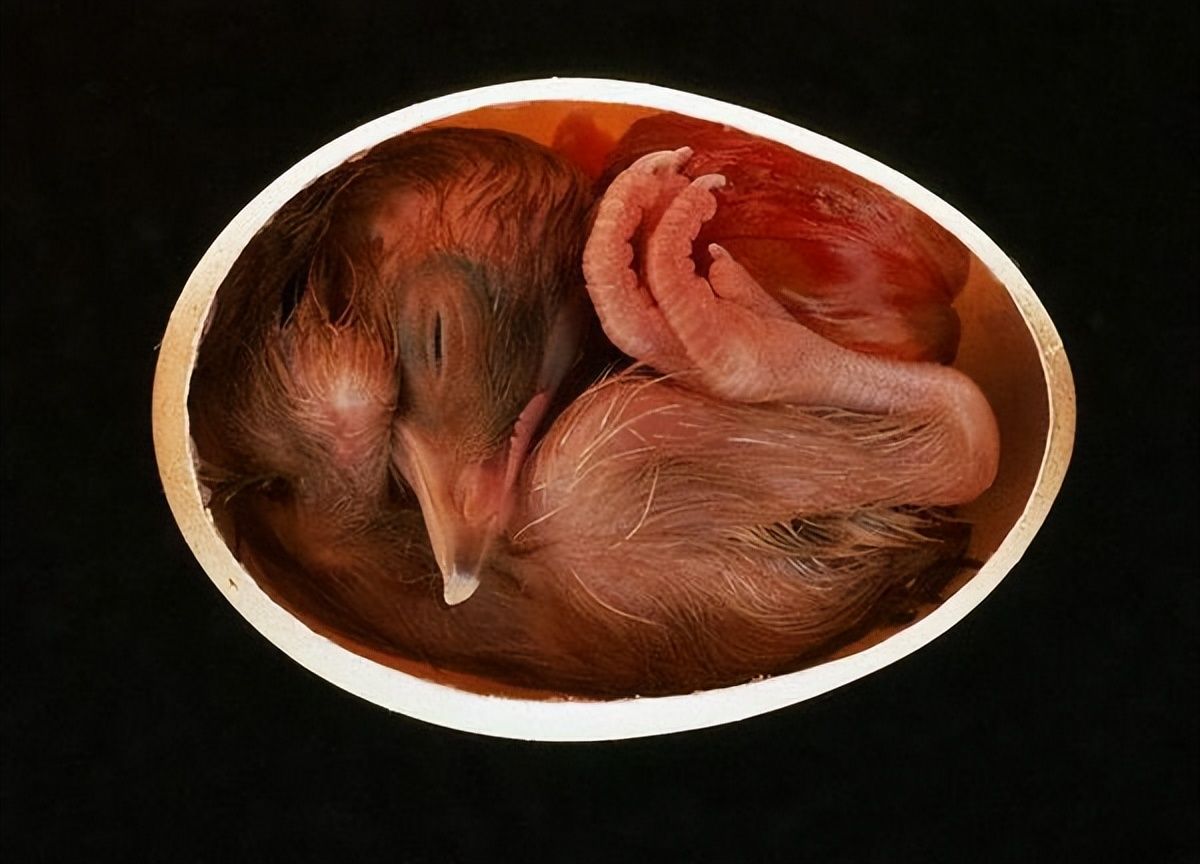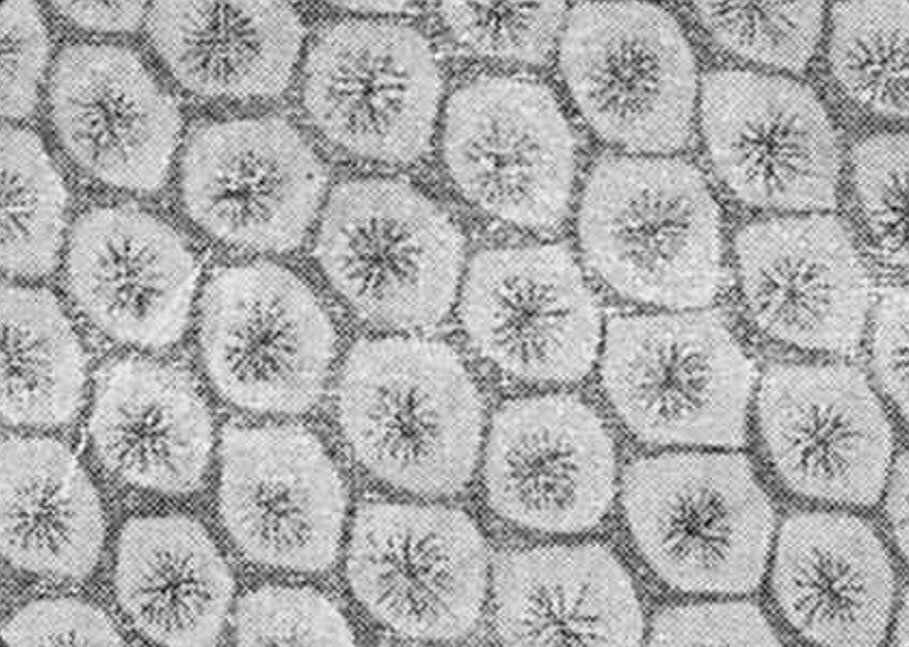Why don't young chickens suffocate due to lack of oxygen before breaking their shells?
The existence of any biological reproduction method on our planet today has shown that they have been evolutionarily successful. But sometimes it's surprising how different they are.

Microbes create nearly identical copies of themselves. Plants use seeds, spores, and rhizomes. Animals raise their offspring inside the body, although marsupials prefer to do so in an open cavity lined with a comfort membrane. Of course, we shouldn't forget about birds, we love to eat their shell eggs for breakfast.
Mature embryos in most mammals do not need to breathe in the womb. The placenta that encases them is infiltrated by blood vessels through which oxygen- and nutrient-rich fluids are supplied. In this case, the mother breathes and feeds for her offspring, and the baby only begins to do this on its own after birth.

Plants' stomata, which resemble miniature mouths, open and begin to breathe with little exposure to sunlight. Amoeba and other single-celled organisms that reproduce by mitosis are fully formed before splitting into two separate units of life. And only the egg is absolutely not attached to the parent, which will help the development of the immature organism. So how do chicks breathe in eggs?

air bag
As we all know, eggs are rich in nutrients. This is why they are considered an integral part of any healthy diet. However, they do not have enough oxygen to develop chicks. However, you should not worry about the lives of these birds. Evolution has provided a mechanism by which embryos may not feel the need for life-giving gases.
There is a small air pocket between the two membranes that lie below the inside of the shell. The oxygen contained there is intended to supply the developing chicks, but the gas reserves throughout the incubation period are clearly insufficient. It is consumed in the last few days before birth, and the rest of the time goes directly through the egg shell for gas exchange.
Breathable Shell
It is well known that all living things are composed of six basic chemical elements: carbon, hydrogen, nitrogen, oxygen, phosphorus and sulfur. In the understanding of most scientists, life without oxygen seems impossible at all. If it doesn't get into the egg, the chick will die inside and won't be able to hatch into the fresh air. But the shell of a bird's egg is not hermetically sealed. What's more, it's not even waterproof.

In the calcium-rich structure and shell membrane of the eggshell, there are small pores for carbon dioxide to escape and oxygen to enter. Thus, the shell itself functions as a lung, providing comprehensive gas exchange before the chick is born. Not bad, isn't it?
Birds aren't the only creatures on Earth that use eggshells in this way. The same thing happens in reptiles, for example. Overall, we're dealing with another brilliant discovery about evolution that, despite its seeming paradox, works remarkably well.
Dear viewers, what do you think after watching this? The comment area looks forward to your message.
Subscribe I have a different wonderful every day!
Like my work? Don't forget to support and clap, let me know that you are with me on the road of creation. Keep this enthusiasm together!
